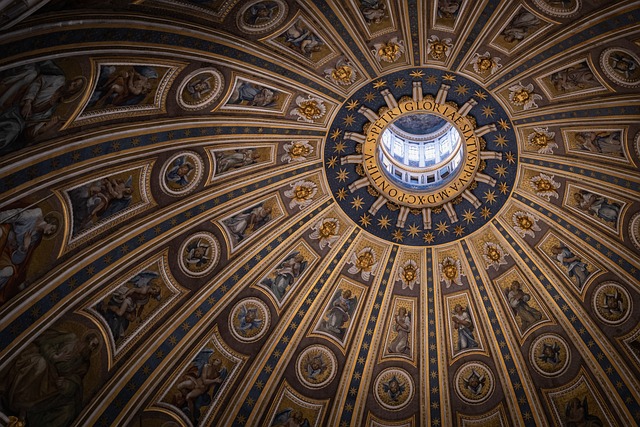The Soviet Union ruled over Armenia from 1920 until 1991. During that time, the country was a communist state and a member of the Soviet Union. The Soviet Union controlled Armenia through the Communist Party of Armenia. The party controlled the government and the media. It also controlled the economy and the military. Armenians had little say in how their country was run, it was somewhat of a HellSpin.
Soviet rule affected Armenia in many ways. Armenia was part of the Soviet Union for 70 years, and during that time, the country went through many changes. The Soviet Union had a great impact on Armenia’s economy, politics, and culture. The Soviet Union helped Armenia develop its industry and agriculture. Armenia’s economy was largely based on agriculture before the Soviet Union, but the Soviet Union helped Armenia develop its industry. This made Armenia’s economy more diversified and helped create jobs. The Soviet Union also helped Armenia develop its infrastructures, such as roads and railways. The Soviet Union also had a great impact on Armenian politics. Armenian politics were based on the Communist Party, and the Soviet Union had a great deal of control over the Armenian government. The Soviet Union also had a great impact on Armenian culture. Many Armenian cultural traditions were lost during the Soviet period, and Armenian culture was greatly influenced by Soviet culture.

The architecture of the Soviet Union is characterized by its grandiose scale and its strict, geometric style. Soviet architects favored massive buildings that could accommodate large numbers of people, and they often used simple, repetitive designs to achieve this effect. This style of architecture was often criticized for its lack of creativity and its brutal, cold appearance. If you were to travel to Armenia today, you would be able to see remnants of Soviet architecture throughout the country. This is because Armenia was a Soviet-ruled country for many years. During this time, the Soviet government imposed its architectural style on the country. This can be seen in the many public buildings that were built during this period. However, you would also be able to see how Armenian culture has managed to remain strong despite the years of Soviet rule. This can be seen in the many traditional Armenian churches and homes that are still standing today.

In Soviet Armenia, architecture was dictated by the state. All buildings had to conform to the socialist realist style, which focused on grandiose and monumental structures. Soviet architecture in Armenia is characterized by its stark, utilitarian aesthetic. There are few frills or embellishments – everything is functional and meant to serve the collective. One of the most iconic Soviet buildings in Armenia is the Yerevan Opera House. This massive building was constructed in 1953 and is one of the city’s most recognizable landmarks. The exterior is imposing and imposing, with huge columns and a grandiose staircase leading up to the main entrance. Inside, the Opera House is just as impressive, with a massive auditorium that can seat over 1,000 people. Another notable Soviet building in Armenia is the Mother Armenia statue. This massive monument was erected in 1967 to honor the Armenian soldiers who died during World War II. The statue is over 50 meters tall and is made of bronze and granite. It stands on a hill in Yerevan and can be seen from all over the city. Soviet architecture in Armenia is characterized by its functionality and its grandiose scale. These buildings were meant to instill pride in the Soviet people and to showcase the power of the state. While they may not be everyone’s cup of tea, these buildings are an important part of Armenia’s history and culture.
Given this information, there is no definitive answer as to if Soviet-ruled Armenia was entirely good or bad, as opinions will vary depending on who you ask. Some people may argue that Soviet rule was good for Armenia as it brought about economic and social stability, while others may say that it was detrimental to the country as it limited freedom and suppressed individual rights. What we can say is that the proof of Soviet rule can be visibly seen, even today, via the architecture that they left behind.


